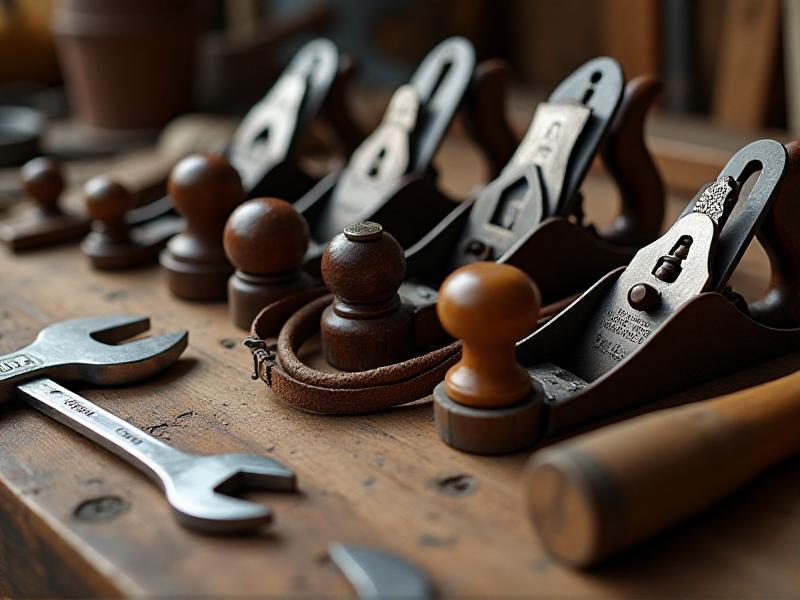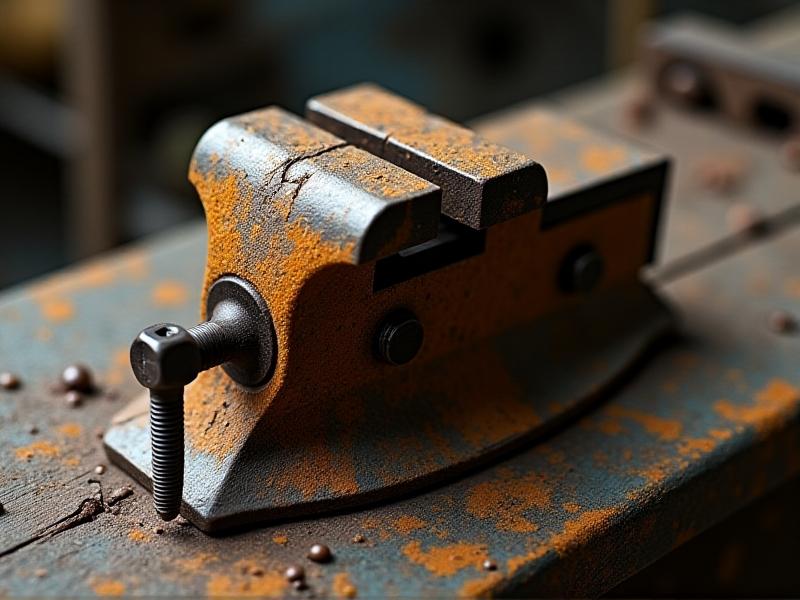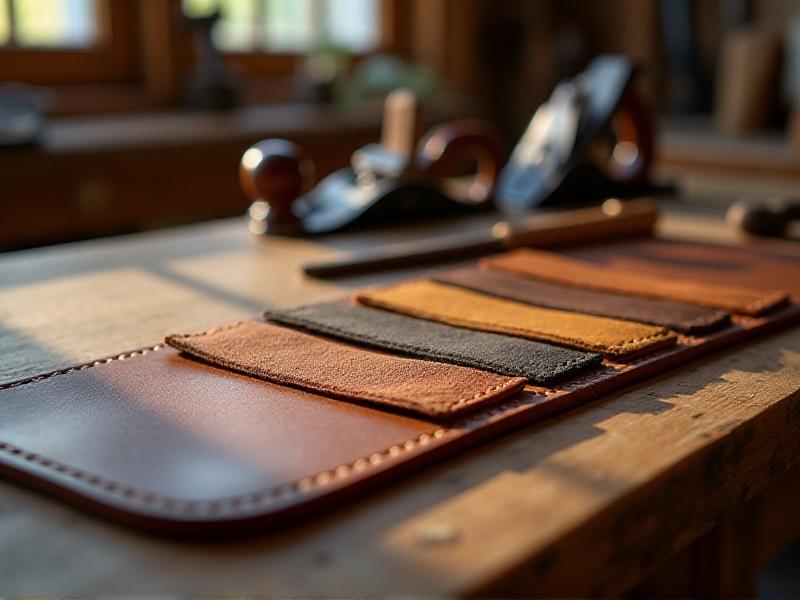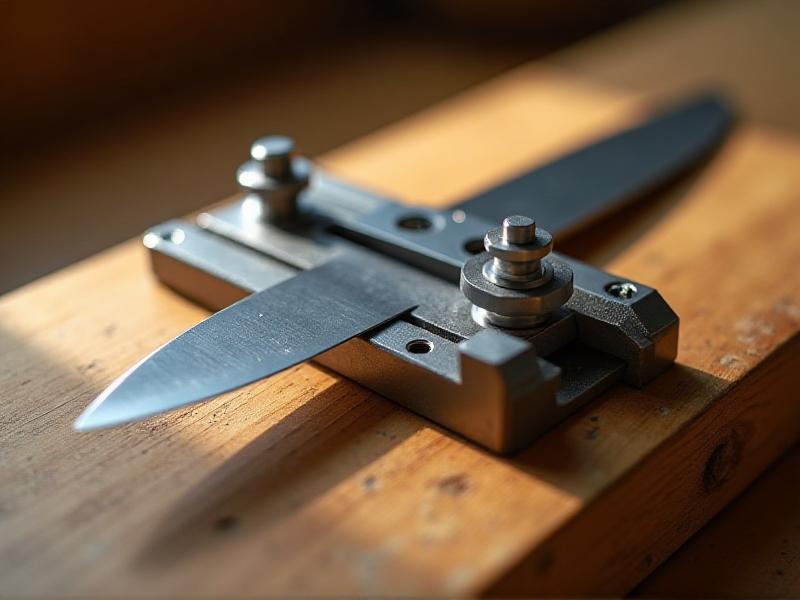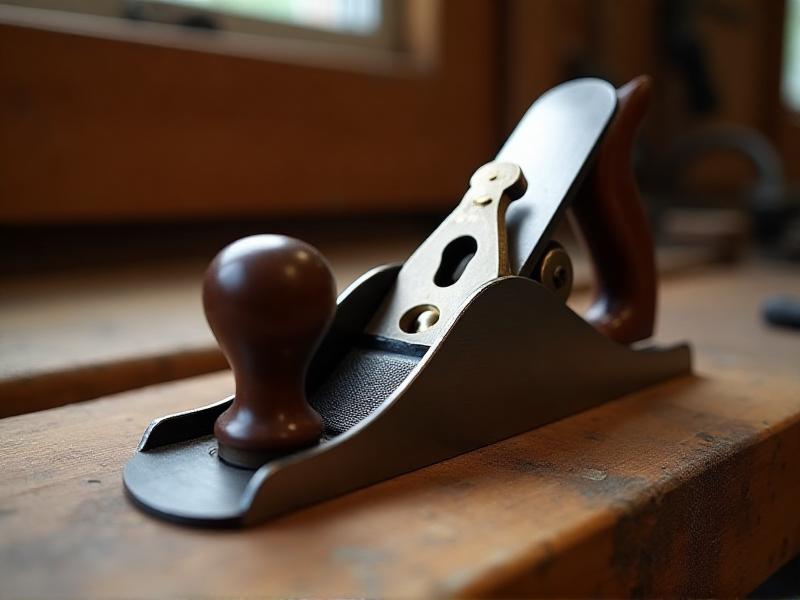Cryogenic Tempering for Edge Retention
Introduction to Cryogenic Tempering
Cryogenic tempering is a process that has revolutionized the way we think about edge retention in tools and blades. By subjecting materials to extremely low temperatures, this technique enhances their durability and performance. The science behind cryogenic tempering involves the transformation of austenite to martensite, a phase change that significantly improves the hardness and wear resistance of metals. This process is particularly beneficial for cutting tools, knives, and other instruments where edge retention is crucial. Understanding the basics of cryogenic tempering can help you appreciate its impact on modern metallurgy and its applications in various industries.
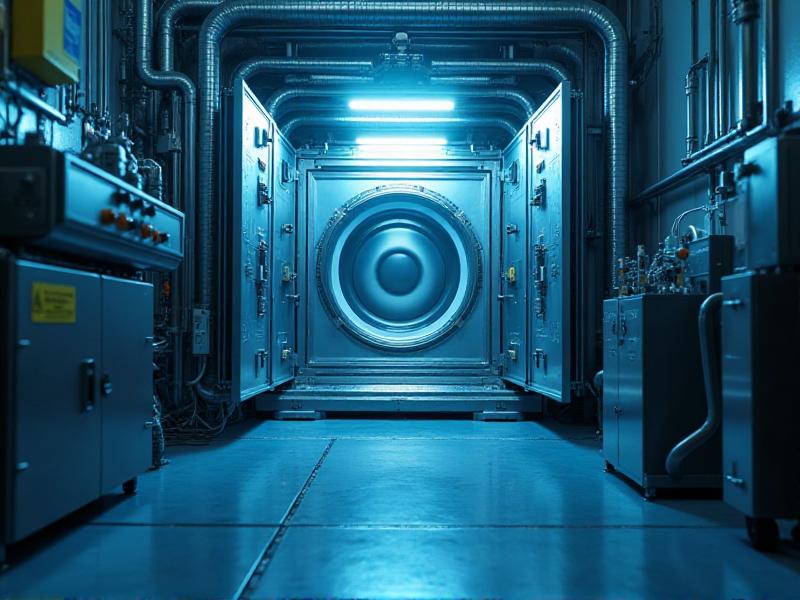
The Science Behind Cryogenic Tempering
To fully grasp the benefits of cryogenic tempering, it's essential to delve into the science that drives this process. At its core, cryogenic tempering involves cooling materials to temperatures as low as -300°F (-184°C) using liquid nitrogen. This extreme cooling facilitates the complete transformation of austenite, a high-temperature phase of steel, into martensite, a much harder and more durable phase. The process doesn't stop at cooling; the materials are then gradually brought back to room temperature, allowing for the stabilization of the martensitic structure. This transformation not only increases hardness but also reduces internal stresses, leading to improved toughness and resistance to wear and tear.

Benefits of Cryogenic Tempering for Edge Retention
One of the most significant advantages of cryogenic tempering is its ability to enhance edge retention in cutting tools and blades. The process results in a finer grain structure within the metal, which translates to a sharper and more durable edge. Tools treated with cryogenic tempering exhibit less wear over time, maintaining their sharpness even after extensive use. This is particularly beneficial for industries that rely on precision cutting, such as aerospace, automotive, and culinary sectors. Additionally, the improved toughness of the material reduces the likelihood of chipping or breaking, further extending the lifespan of the tool. The combination of these factors makes cryogenic tempering an invaluable process for anyone seeking superior edge retention.

Applications of Cryogenic Tempering in Various Industries
Cryogenic tempering has found applications in a wide range of industries, each benefiting from the enhanced properties it imparts to materials. In the aerospace industry, components subjected to cryogenic tempering exhibit increased resistance to fatigue and stress, ensuring safer and more reliable aircraft. The automotive industry utilizes this process to improve the durability of engine parts, gears, and cutting tools, leading to longer-lasting vehicles. In the culinary world, chefs appreciate the extended sharpness and durability of cryogenically tempered knives, which allow for precision cutting and reduced maintenance. Even in the medical field, surgical instruments treated with cryogenic tempering offer improved performance and longevity. These diverse applications highlight the versatility and effectiveness of cryogenic tempering across different sectors.
The Process of Cryogenic Tempering: Step-by-Step
Understanding the step-by-step process of cryogenic tempering can provide deeper insight into its effectiveness. The process begins with the preparation of the material, ensuring it is clean and free of contaminants. The material is then placed in a cryogenic chamber, where it is gradually cooled to extremely low temperatures using liquid nitrogen. This cooling phase is critical for the transformation of austenite to martensite. Once the desired temperature is reached, the material is held at that temperature for a specific period to ensure complete transformation. After the cooling phase, the material is slowly brought back to room temperature, allowing for the stabilization of the martensitic structure. Finally, the material may undergo additional heat treatment to further enhance its properties. This meticulous process ensures that the material achieves the desired hardness, toughness, and edge retention.
Comparing Cryogenic Tempering with Traditional Heat Treatment
While traditional heat treatment methods have been used for centuries to enhance the properties of metals, cryogenic tempering offers several distinct advantages. Traditional heat treatment involves heating the material to high temperatures and then quenching it in water or oil to achieve the desired hardness. However, this process often leaves residual stresses in the material, which can lead to warping or cracking. Cryogenic tempering, on the other hand, not only increases hardness but also reduces internal stresses, resulting in a more stable and durable material. Additionally, cryogenic tempering can achieve a finer grain structure, which translates to better edge retention and wear resistance. These differences make cryogenic tempering a superior choice for applications where precision and durability are paramount.
Future Trends in Cryogenic Tempering Technology
As technology continues to advance, so too does the field of cryogenic tempering. Researchers are exploring new methods to optimize the process, such as the use of advanced cooling techniques and the development of specialized cryogenic chambers. Additionally, there is growing interest in applying cryogenic tempering to new materials, such as ceramics and composites, which could further expand its applications. The integration of automation and artificial intelligence into the cryogenic tempering process is also on the horizon, promising greater precision and efficiency. These advancements are likely to make cryogenic tempering even more accessible and effective, paving the way for its increased adoption across various industries. As we look to the future, it's clear that cryogenic tempering will continue to play a crucial role in the evolution of material science.

